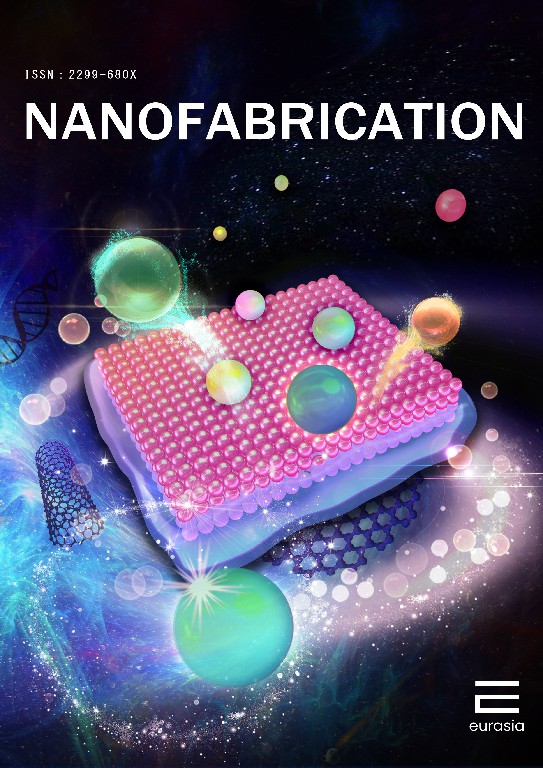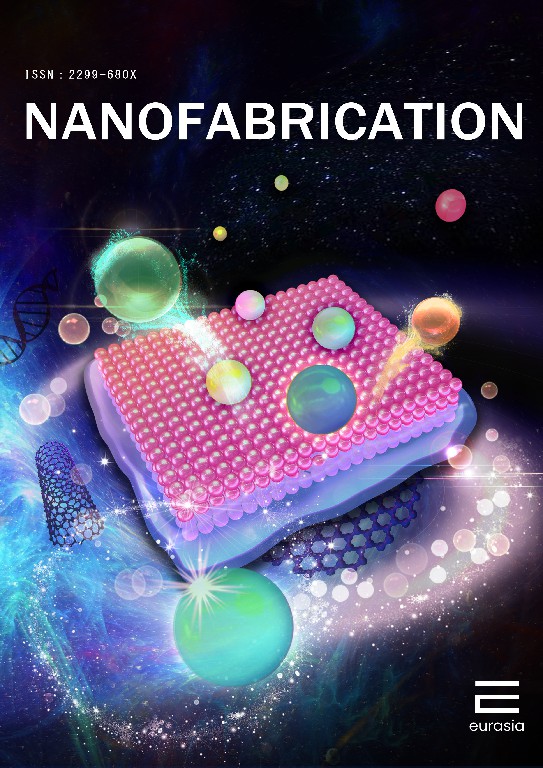Emma Klatt, Benjamin Lilienkamp, Sonia Grade, Paige Bowman, Yale Wang, Anna DeBruine, Keagan Schmidt, Matey Kaltchev, Junhong Chen, Aakash Gupta, Qingsu Cheng, Wujie Zhang
Gold nanoparticles have a wide variety of applications in biomedical fields such as biosensing, cancer treatment, drug delivery, and bioimaging. This research focuses on using American ginseng (Panax quinquefolium), specifically the leaves, as a plant-mediated green synthesis process to produce gold nanoparticles (Au NPs). Various extracts (leaf, stem, and root) were compared for Au NP synthesis. The leaf extract was found to be the most effective; hence, they were used for Au NPs synthesis. Plant extract Au NPs were characterized using UV-vis spectroscopy, scanning electron microscopy-energy-dispersive X-ray spectroscopy (SEM-EDX), atomic force microscopy (AFM), attenuated total reflection Fourier transform infrared spectroscopy (ATR-FTIR), dynamic light scattering (DLS), and X-ray diffraction (XRD). The results showed that the leaves could produce spherical Au NPs that were well dispersed with an average diameter of around 18 nm. The nanoparticles also had a characteristic absorbance peak at ̴ 529 nm. A cytotoxicity study was conducted using HeLa cells, and the cell number decreased as the concentration of the Au NPs increased, although the cell viability remained high (> 99 %). Au NPs produced using the American ginseng leaves show great potential for various applications, such as drug delivery, imaging and diagnostics, and therapy.



 Prof. Vijay Kumar Thakur, Biorefining & Advanced Materials Research Centre, SRUC, Edinburgh, UK.
Prof. Vijay Kumar Thakur, Biorefining & Advanced Materials Research Centre, SRUC, Edinburgh, UK. 


